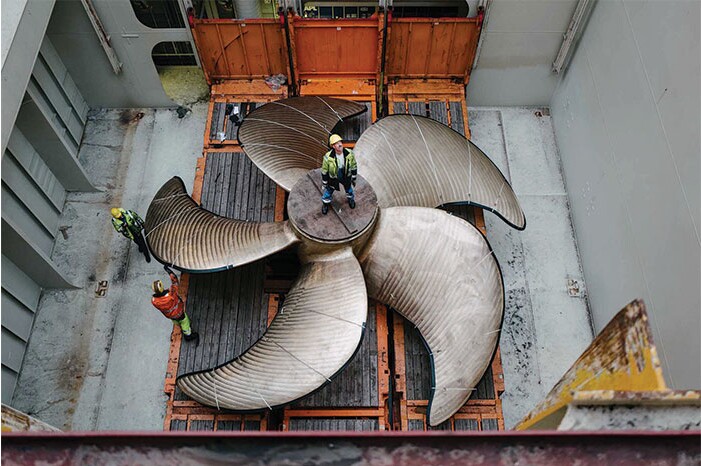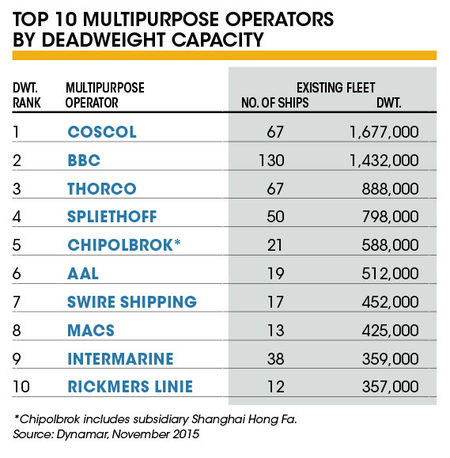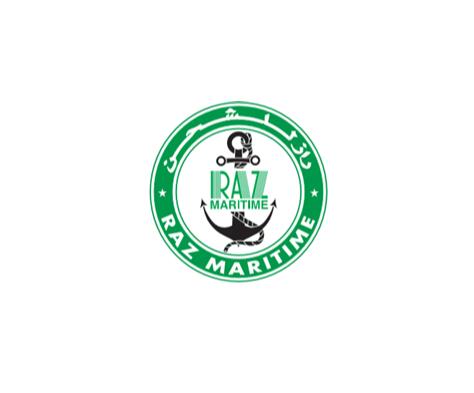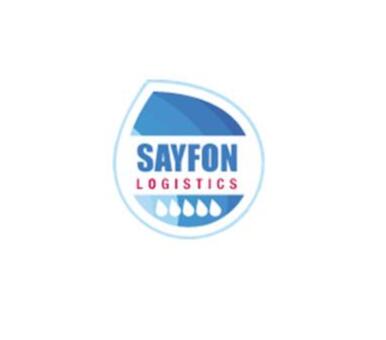GLA HOME > GLA NEWS > Multipurpose ship operators face sluggish demand, fierce competition
Editor:glafamily Release time:2016-03-25 Browse:12087

Operators of multipurpose vessels are catching it from all sides. Slumping oil prices are causing cancellations of energy projects, and there’s increasingly stiff competition from container ships, roll-on, roll-off vessels and bulk carriers.
“Competition is fiercer than ever,” said Dirk Visser, senior analyst at the Netherlands-based research firm Dynamar.
Demand growth has been outpaced by increased capacity of multipurpose carriers, causing rates to drop. Carriers hoped the market had bottomed out last year, but weak commodity prices dashed those hopes during the closing months of 2015. “In the second half of the year, volumes went down and rates went the same way,” Visser said. “There’s been no recovery that I’ve seen.”
Though dry cargo demand is forecast to grow at a 3 percent annual clip through 2018, volume for multipurpose ships is expected to grow at only about half that rate. Much of the additional growth is being seized by other types of ships.
With container ship rates hitting historic lows, container lines are bidding aggressively for specialized shipments. Container ship operators have carried out-of-gauge cargo for decades, using flat-rack or open-top containers or other stowage methods. But with their core market in the doldrums, they’re making a stronger push to attract cargo that might otherwise move on multipurpose vessels.

Hapag-Lloyd recently created a special cargo division at its Hamburg headquarters, and has established special cargo teams for major markets in Asia and the Americas. The German carrier said it has more than 50 sales and technical specialists available for this sector.
“As long as the respective ports have the right crane equipment, all of our container ships already carry special cargo,” said David Piel, Hapag-Lloyd’s senior manager of special cargo. The carrier’s ships can handle single cargo items weighing up to 500 tons. “As long as the departure and destination ports are able to manage the respective loads and dimensions, the rest is just a matter of planning,” Piel said.
A recent example is the shipment of a 343-ton turbine from Charleston to Busan for a South Korean energy company. The turbine was transported to the port by rail, stowed on the ship by a floating crane in a nine-hour operation, and secured during the voyage on two layers of flat racks and steel supports, supported by several load-securing chains.
Most of Hapag-Lloyd’s heavy and out-of-gauge shipments have been from Europe to Asia or North America. “We are now starting to see increased demand for shipments in the other direction: India and China, in particular, are exporting more special cargo to Europe,” Piel said.
There’s also growing competition from pure car and truck carriers using their roll-on, roll-off capability to compete for oversize shipments. Many new PCTC vessels such as those of Wallenius Wilhelmsen Logistics have reinforced ramps and higher deck clearances that permit carriage of larger shipments. Dry bulk carriers also are competing for project and breakbulk shipments.
Some carriers are in financial difficulty, and Visser said consolidation appears inevitable. In a recent development, some non-operating owners of breakbulk ships have begun operating their vessels, sometimes through partnerships such as the recent one between carrier AAL and Peter Dohle, one of the largest non-operating owners.
Visser said these partnerships, and agreements by other lines to pool their fleets, are no substitute for a recovery in demand. “It’s a nice way to cut costs, but it doesn’t enlarge the market,” he said.
Capacity of project cargoes that can carry heavy and oversize cargo has been growing faster than that of the basic multipurpose fleet.
Some project carriers have installed dynamic positioning systems that allow a ship to hold a fixed position for jobs such as handling of offshore oil and gas equipment. However, the oil slump has made it difficult to find employment for DP-equipped vessels.
Another vessel design being introduced is open-deck ships, which function as a self-propelled flat-deck barge and are used to carry large project cargoes and vessel modules for assembly at shipyards.
Multipurpose vessel construction has slowed recently, with some orders canceled in a soft market. Carriers also have increased scrapping of MPVs. “They’re doing what they have to do,” Visser said.
Breakbulk operators generally have been slower than container lines to lay up ships. The breakbulk market is heavily oriented to spot rates, and carriers worry that laying up a ship could cost them a spot market opportunity.
Previous:Lakes ports seek project shipments to offset decline in bulk cargo Next:New Orleans eyes shipyard site for breakbulk terminal

GLA New Membership —— Raz Maritime Services in Saudi Arabia!


GLA Membership Renewal — Dynasty Air/Ocean Freight Co. Ltd in Taiwan!

GLA Membership Renewal — Oceanus Global Logistics in Vietnam!

GLA Membership Renewal — Ibero Logística e Trânsitos Lda in Portugal

GLA New Membership — AG Logistics & Supply Chain Co. Ltd in Cambodia